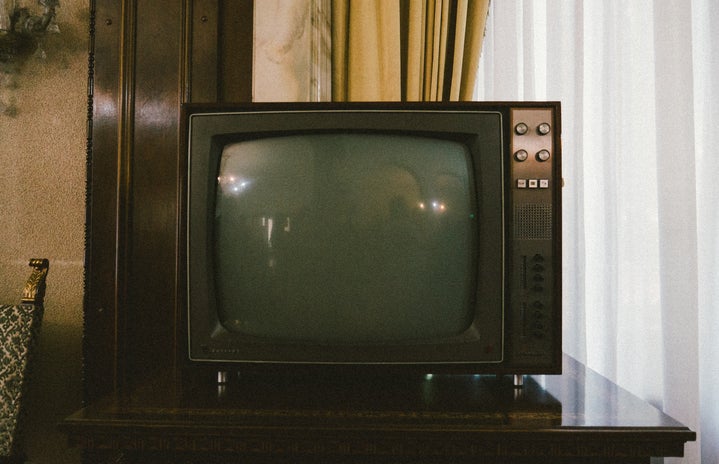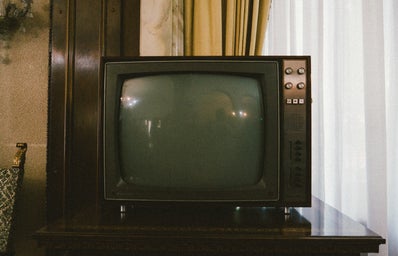It’s been about a year since the release of the Netflix original series Never Have I Ever, and many fans are eagerly awaiting their second season. The series was not only entertaining to many, but was also a huge leap in terms of Indian-American representation. Unfortunately, there has been a history of problems regarding the representation of Indian characters in American media. Though we have certainly made improvements, it is vital that we continue doing so.
Lack of Presence
With a population of almost 4 million, Indian-Americans are the second largest group of Asian Americans living in the United States. Considering the size of this group, their representation in the media should rightfully be proportionate to their population. However, there is a notable lack of representation in various movies and TV shows, especially in those targeted towards children and teenagers. With little to no Indian-American characters in our media, it oftentimes feels like an inaccurate representation of the diverse society we live in.
Stereotyping
In addition to representation itself, the accuracy of representation is undoubtedly important. Not only does it allow for people to be seen, but it helps prevent negative stereotyping from taking place in real life. In addition, lack of accurate representation can make groups feel separated from their American identity, which is not only wrong, but damaging to social self-esteem.
Of the few characters of Indian descent we do see in the media, many have unfortunately been portrayed in an inaccurate and degrading way. Whether it be Apu’s exaggerated accent on The Simpsons or Ravi’s culture being the butt of a joke on Jessie, many of us grew up watching these problematic representations of Indian-American characters. Various aspects of the culture have often been shown incorrectly, including whitewashed versions of cultural dancing or all Indian dishes being referred to as “curry.” Though some argue that these portrayals may have simply been a product of their time, it’s important to acknowledge the harm that these representations have had in the past.
Improvements Over Time
It goes without saying that there definitely have been improvements in terms of Indian-American representation in our movies and TV shows. Though some have their issues with Netflix’s Never Have I Ever, the show was certainly an improvement in terms of media portrayal, as it portrayed the main character, Devi, as a multi-dimensional character facing issues that many Indian-American teenagers often struggle with. Representation of Indian-Americans becomes much more accurate when it shows aspects of a character’s Indian culture and identity without turning it into their primary personality trait.
This is becoming more common in recent years as Indian-American characters are being featured more frequently and effectively in popular films, a good example being Preeta in the 2021 film Tom and Jerry. Though the character’s cultural aspects came through in some of her clothes and her wedding style, her Indian heritage was not her entire personality as a character, and it was not portrayed comically or negatively.
Steps like these are important in terms of redefining Indian-American portrayal in American media. With continued improvement, our screens will eventually portray our society more accurately in terms of culture and diversity. Indian-American identity is much more than spicy food or tacky accents, and this must come through in the media we consume every day.



